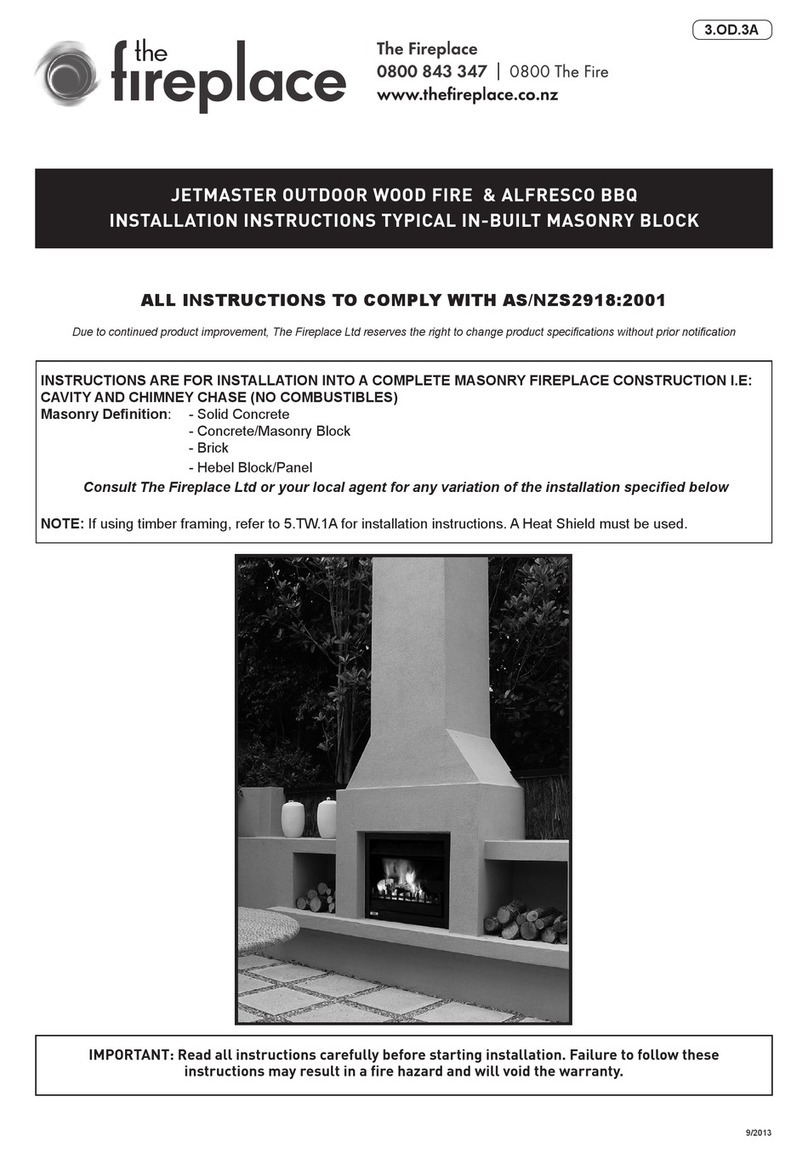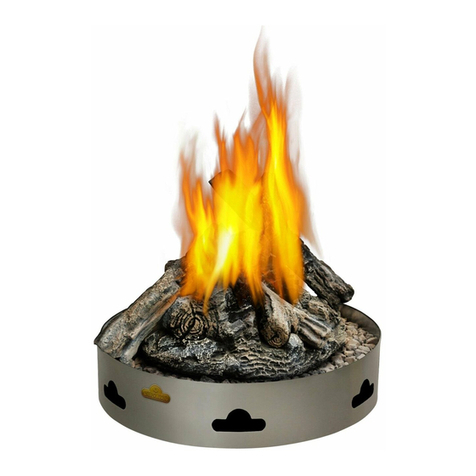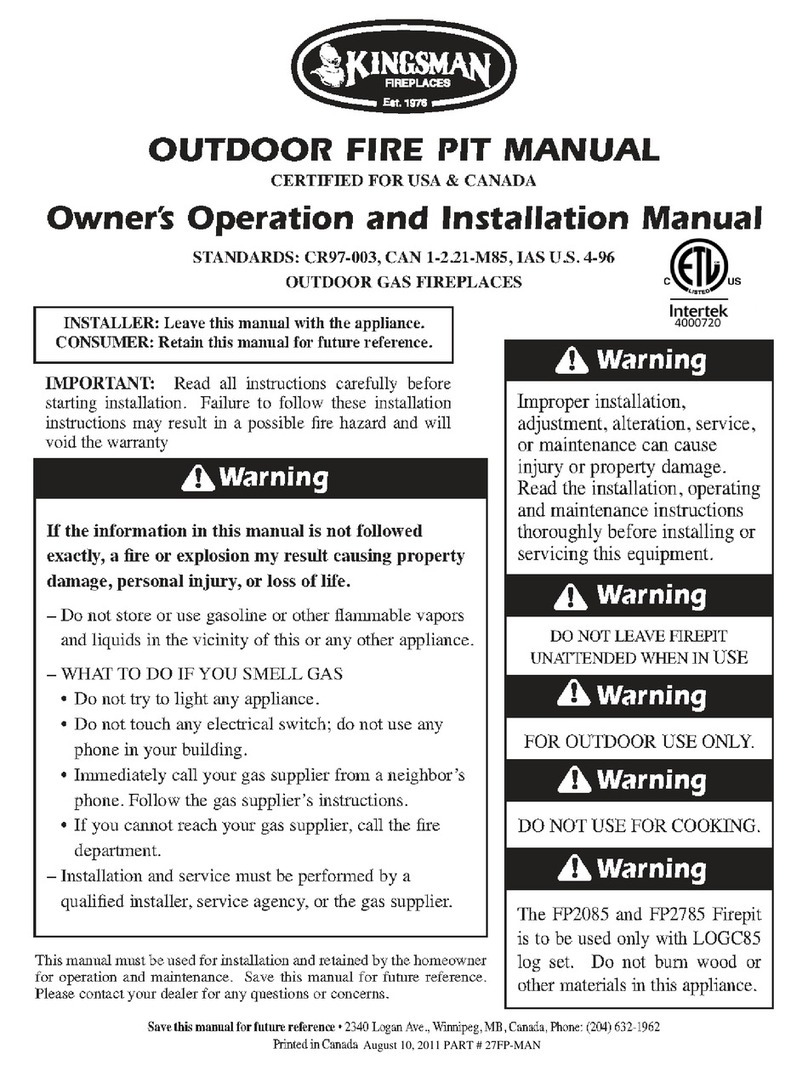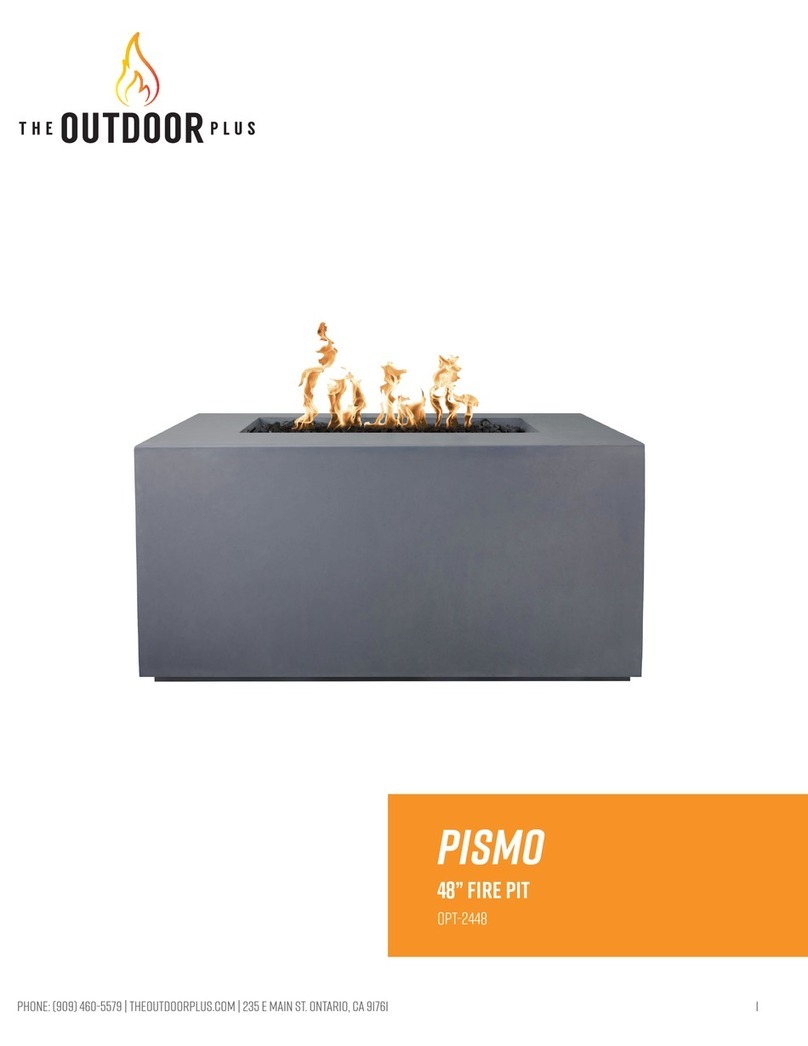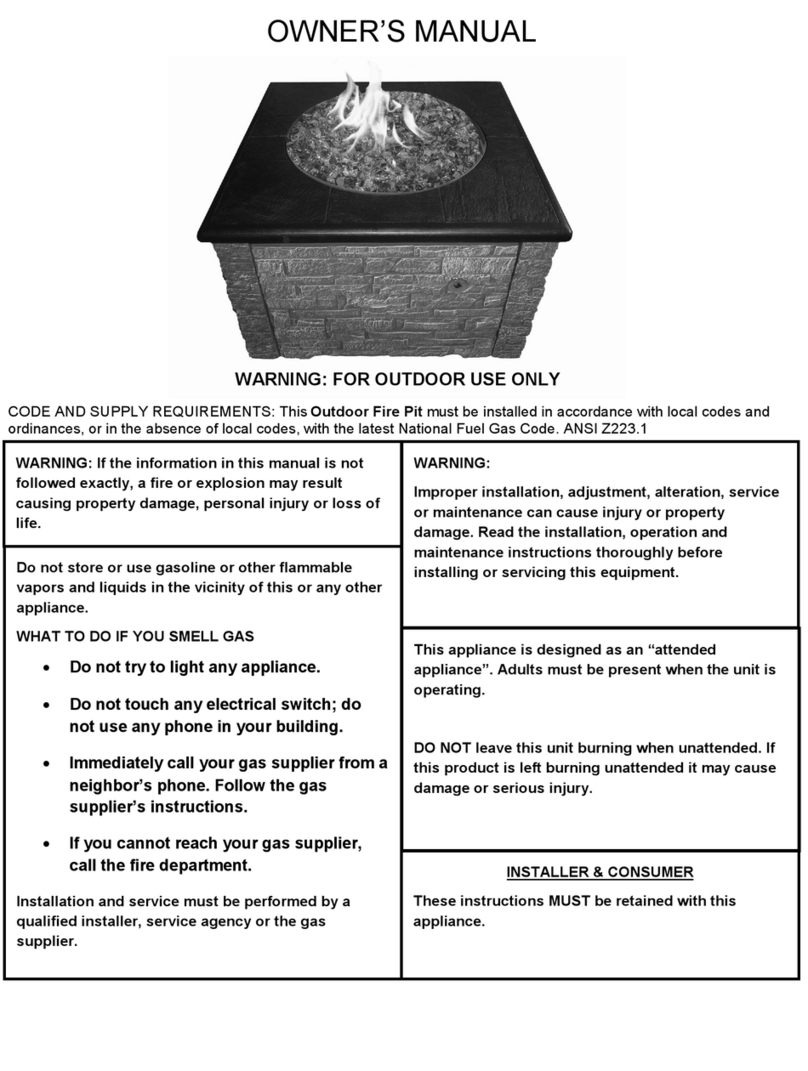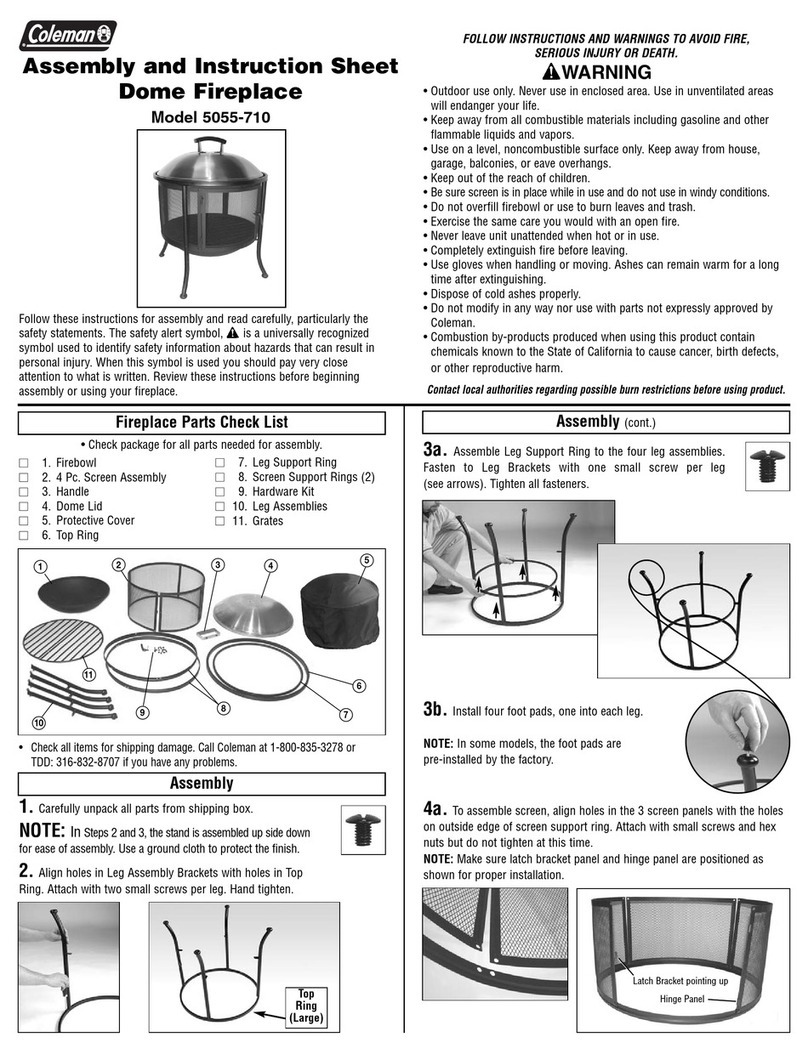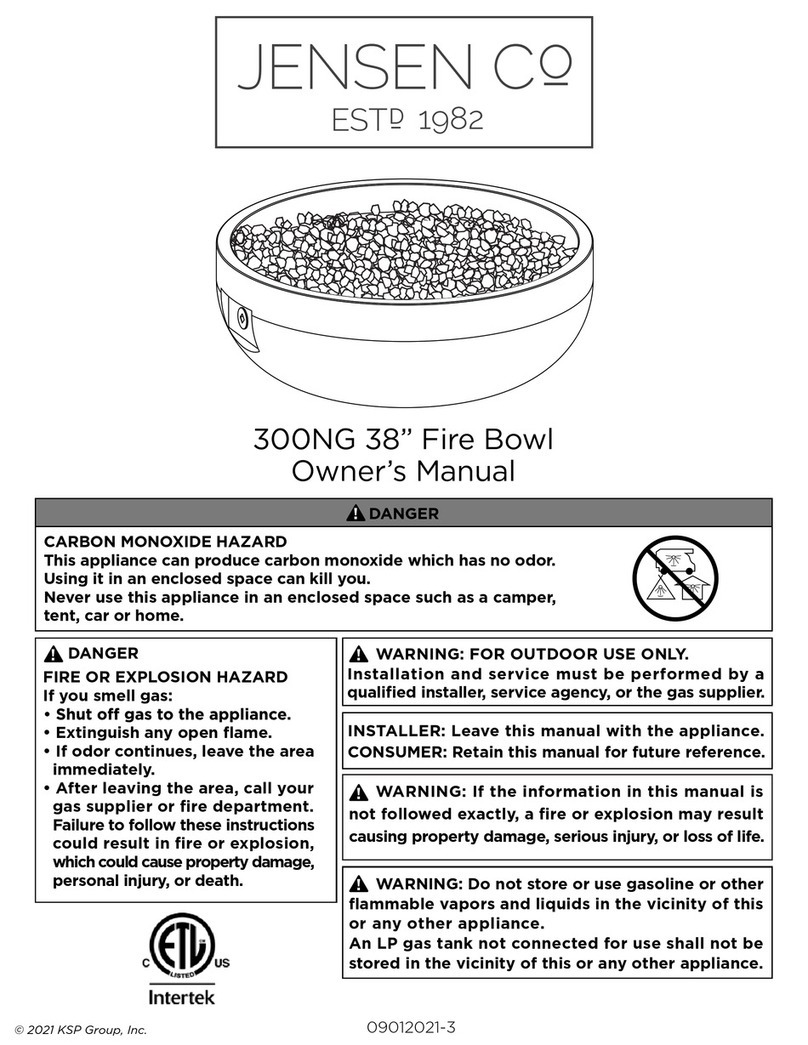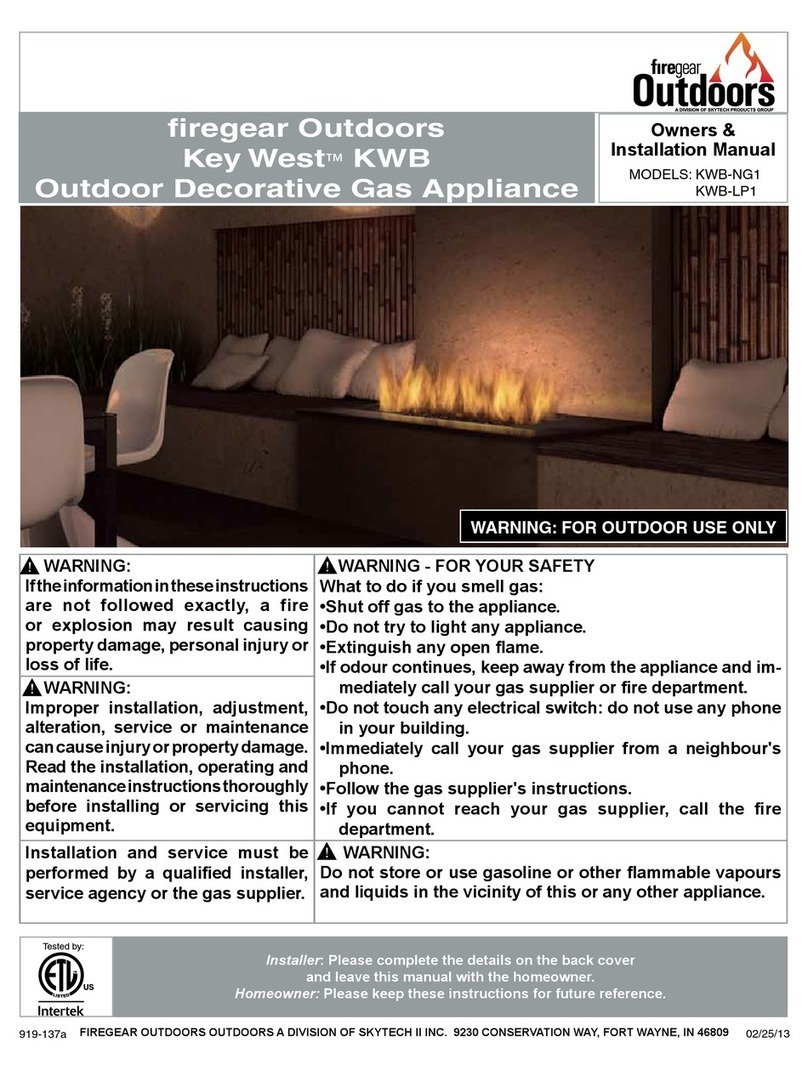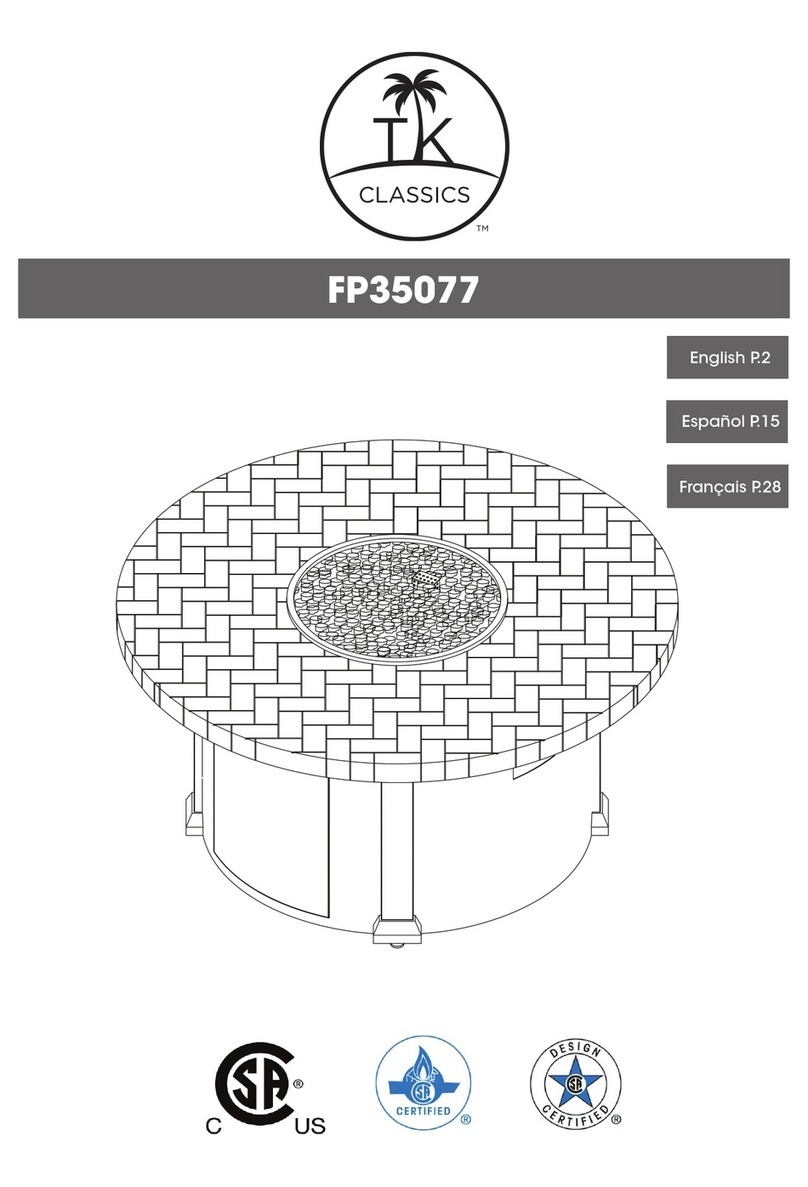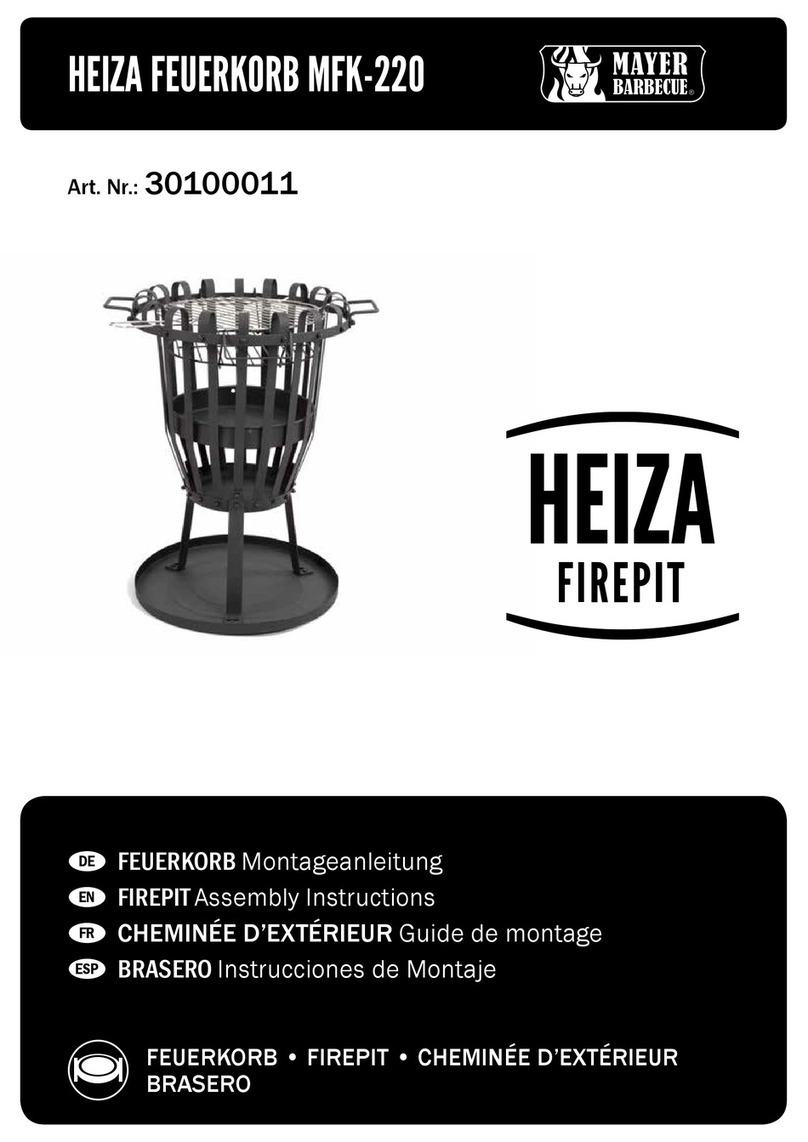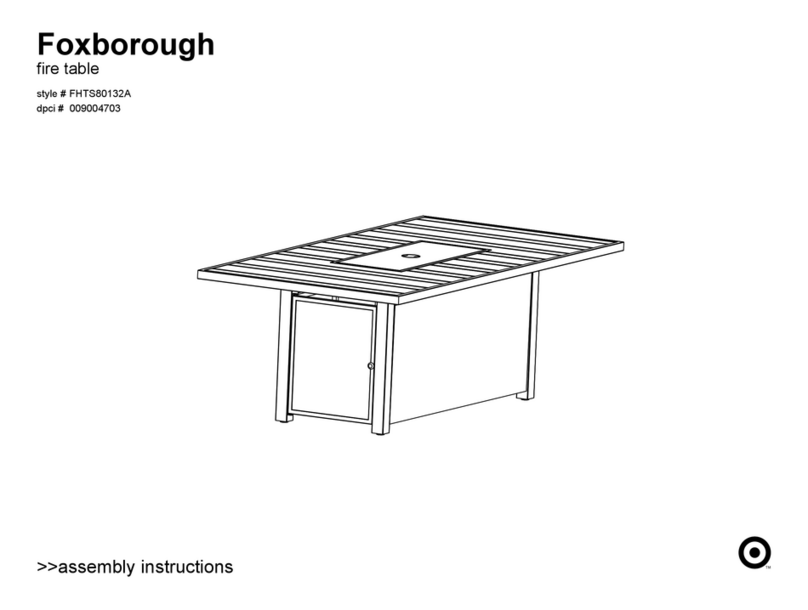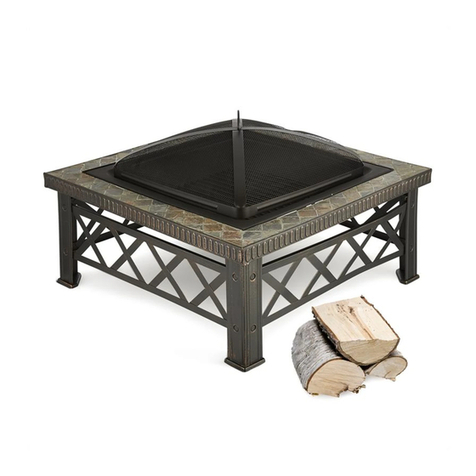
1. Product Description.................................................................................................................2
1.1. Gas type .........................................................................................................................2
1.2. CE approval ...................................................................................................................2
1.3. Firepits UK Ltd..............................................................................................................2
1.4. Serial number location ...................................................................................................2
2. Getting started .........................................................................................................................3
2.1. Unpacking the box .........................................................................................................3
2.2. Specifications.................................................................................................................3
2.3. What's Included..............................................................................................................3
2.4. Assembly........................................................................................................................4
3. Safety.......................................................................................................................................5
3.1. Intended use ...................................................................................................................5
3.2. Basic safety instructions.................................................................................................5
4. Firepit Location .......................................................................................................................6
4.1. Location .........................................................................................................................6
4.2. Weather covers...............................................................................................................6
5. LPG Installation.......................................................................................................................7
5.1. LPG Bottle Types...........................................................................................................7
5.2. Bottle storage .................................................................................................................7
5.3. Regulators ......................................................................................................................8
5.4. LPG Hose.......................................................................................................................8
6. Installation...............................................................................................................................9
6.1. Testing............................................................................................................................9
6.2. Lava Rock....................................................................................................................10
7. Operating Instructions ...........................................................................................................11
8. Troubleshooting - New Installations......................................................................................12
9. Troubleshooting - Existing Installations................................................................................14
10. Servicing and Maintenance ..............................................................................................16
11. Warranty...........................................................................................................................18
